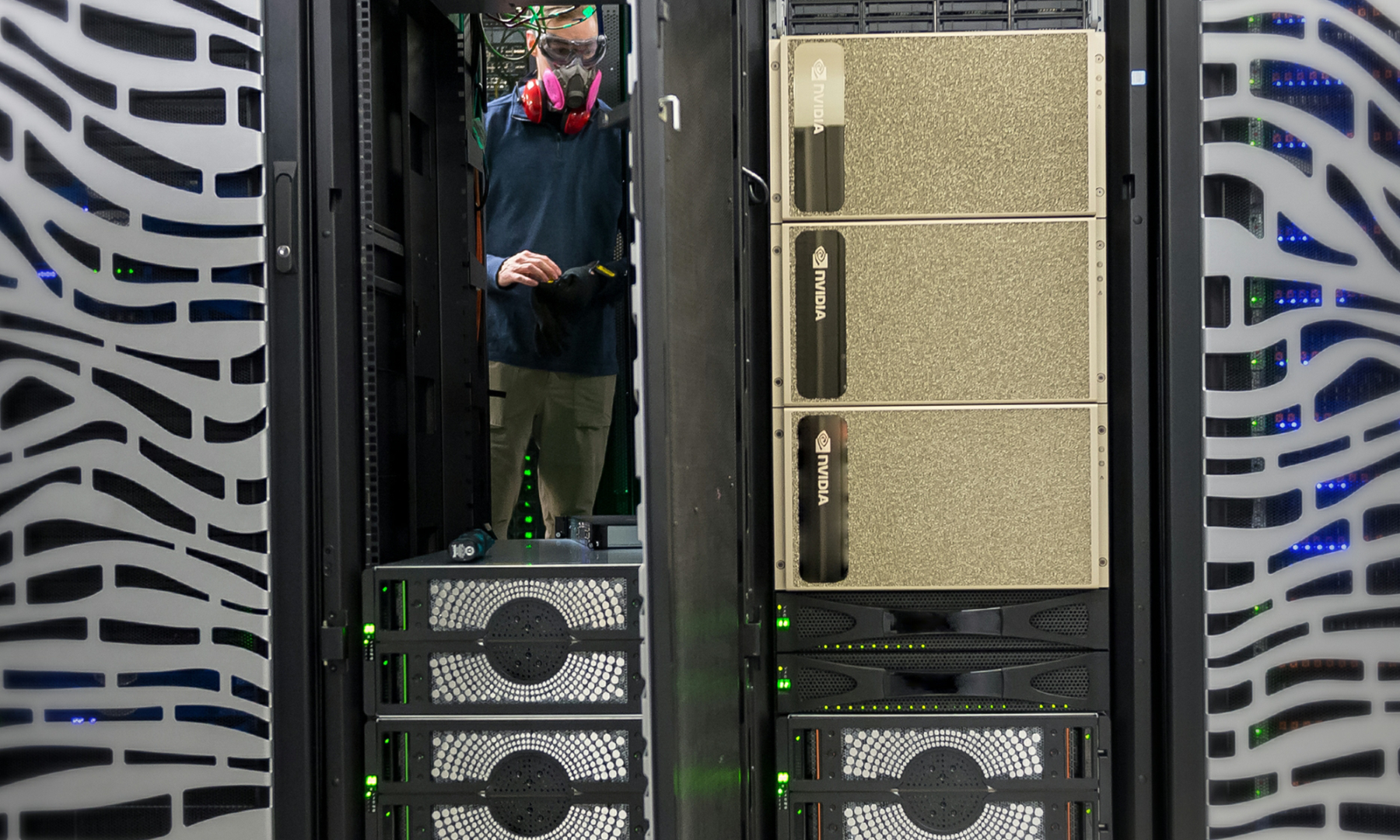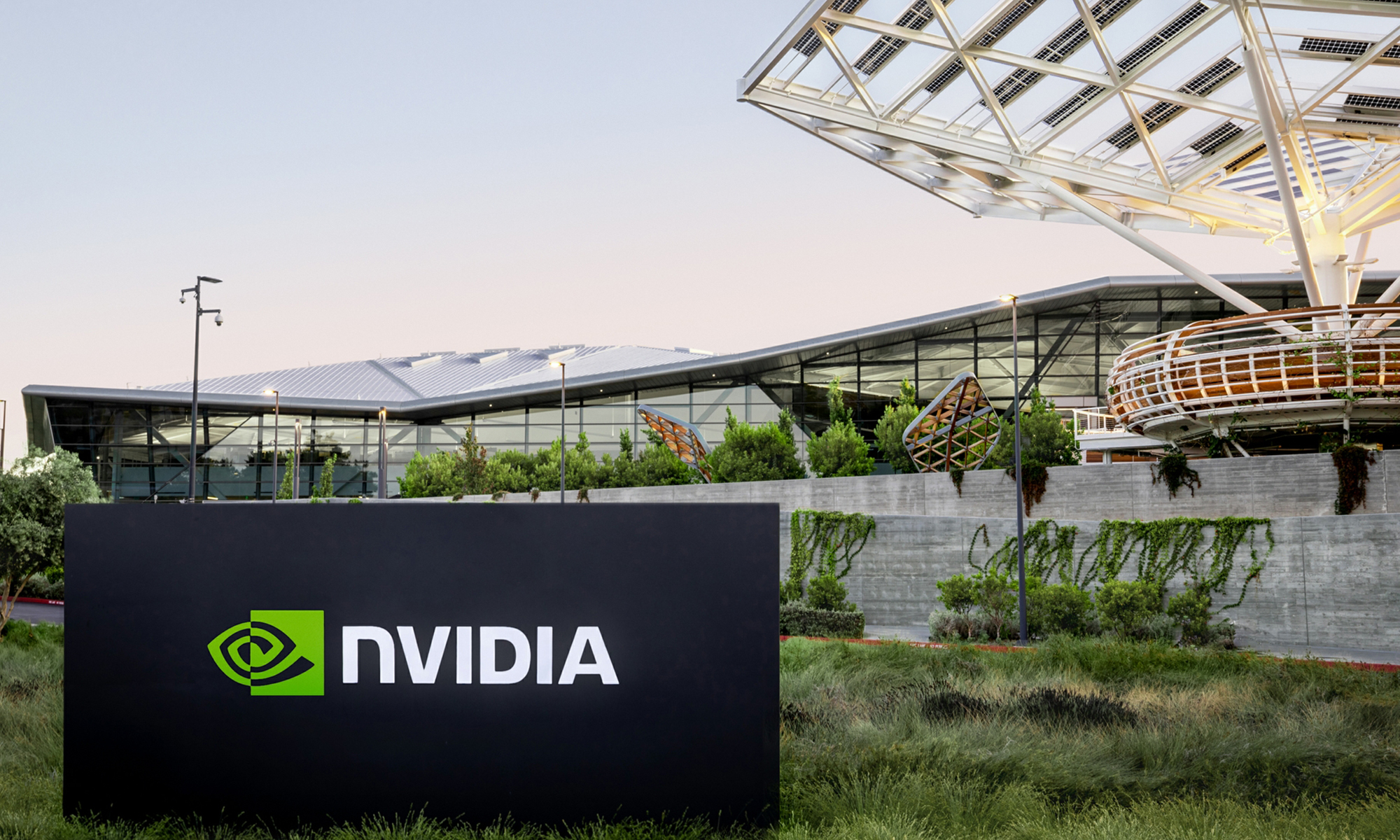At CES, NVIDIA (NVDA 1.48%) went ahead and announced its next generation Tegra processor known as the Tegra X1. This is reportedly a 20-nanometer system-on-chip packing four ARM (ARMH +0.00%) Cortex A57 and four ARM Cortex A53 CPUs in a big.LITTLE configuration. It also features NVIDIA's Maxwell graphics processor in a 256 CUDA-core configuration, a 64-bit LPDDR4 memory interface, and is essentially as premium as it gets in ARM system-on-chip land.
Given that NVIDIA let journalists actually benchmark these chips in 3DMark, I thought it would be very interesting to see how this 20-nanometer Tegra X1 holds up against Intel's (INTC +2.95%) 14-nanometer Core M processor. The results are actually quite interesting.
Using 3D Mark, looking at graphics and physics scores
The benchmark that I will be using to do this comparison is 3DMark, since there are published scores for both the Core M and the Tegra X1. Furthermore, 3DMark is nice because it features both graphics and physics subscores. The former tests the graphical prowess of a chip, while the latter tests the CPU performance in something that I believe is meaningful and representative of a real-world CPU intensive task: game physics.
The performance numbers can be found in the table below:
|
3D Mark Total |
Graphics |
Physics | |
|---|---|---|---|
|
Intel Core M |
50439 |
55685 |
37394 |
|
NVIDIA Tegra X1 |
43267 |
57697 |
23071 |
Source(s): Tegra X1 data from HotHardware, Core M data from Tom's Hardware
The Tegra X1, which is reportedly built on TSMC's 20-nanometer technology, delivers higher graphics performance than the Core M does, but the dual Broadwell CPUs deliver significantly higher physics performance. The CPU performance is as expected; Intel's "big core" CPUs are best-in-class and Intel has a significant transistor performance edge.
What I find very interesting, though, is that the graphics performance of the 20-nanometer X1 actually edges out Intel's Gen. 8 graphics block found on the Core M. Now, it is not a surprise that NVIDIA has a better/more efficient architecture than what Intel has, but what is a surprise is by how much. Normalized for manufacturing technology, the Maxwell GPU inside of the X1 is substantially more efficient than Intel's best, if these results are representative.
A great showing from NVIDIA. CPU performance, while lower than what is found on Core M, is also likely to be best-in-class among the 2015 mobile system-on-chips from the various vendors.
NVIDIA's GPU prowess is quite evident
I remember back in the Tegra 3 days, NVIDIA's mobile graphics architecture was relatively weak and unimpressive. However, with last year's Tegra K1, NVIDIA finally brought its desktop/notebook GPU architectures to mobile which has made its Tegra chips quite competitive in graphics performance. I strongly suspect that the Tegra X1 will have the highest GPU performance of any of the 20-nanometer SoCs out in 2015 from the major vendors.
What does this mean for NVIDIA's business and stock price?
At the end of the day, fast chips are awesome, but will this be enough to drive significant revenue growth for NVIDIA? I believe that in the automotive market, this will only bolster the company's competitive positioning. Given that NVIDIA's blog post discussing Tegra X1 was very automotive centric, and given that NVIDIA's Tegra revenues from the automotive segment have seen robust growth over the last several quarters, it looks like X1 will only build upon the success in automotive that NVIDIA has had.
In mobile devices, the situation gets trickier. The Tegra X1 is a very premium system-on-chip that packs serious performance. I wouldn't be surprised to see another Shield Tablet powered by the M1, nor would I be shocked to see a next generation Nexus tablet with the M1. However, the non-Apple/non-Samsung market for high-end tablets just isn't all that large, and the tablet market itself seems to be shifting toward "cheaper" rather than "better" -- just ask Apple about its multiple-quarter iPad sales declines!
In a nutshell, I think within the market for premium Android tablets not made by Samsung, Tegra X1 should be very successful. The only question is just how large that market ultimately turns out to be, something that will only be answered in NVIDIA's financial results in the coming quarters. For now, though, NVIDIA deserves serious kudos for putting out what appears to be an extremely capable chip.









